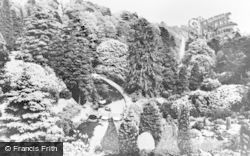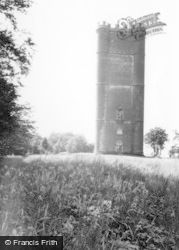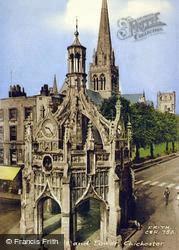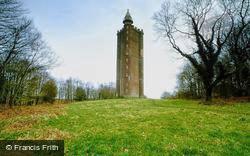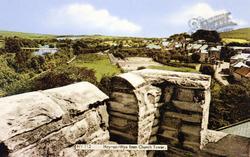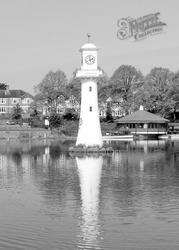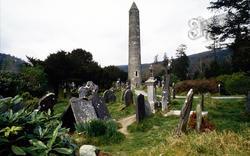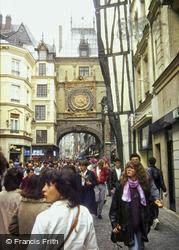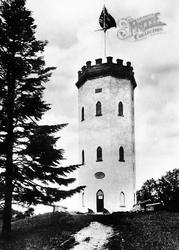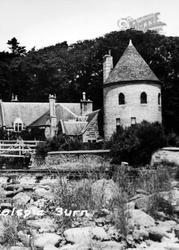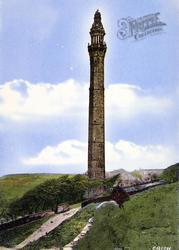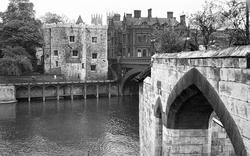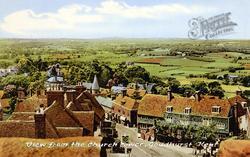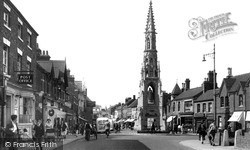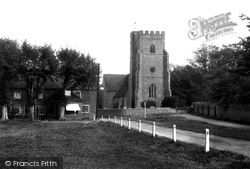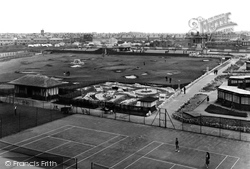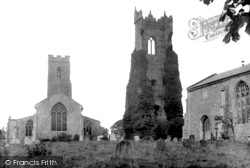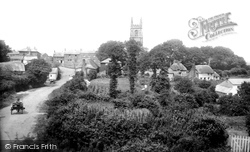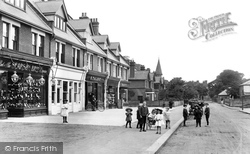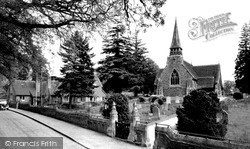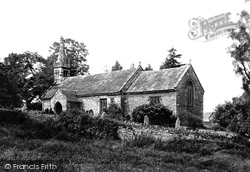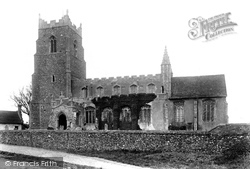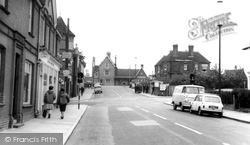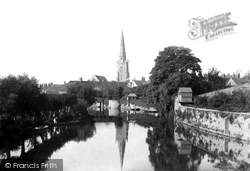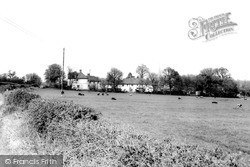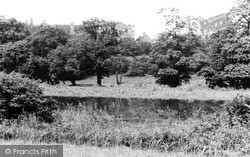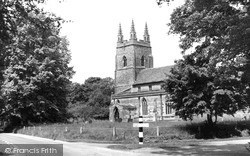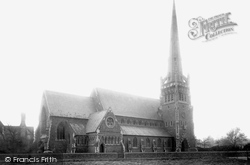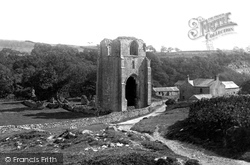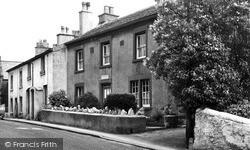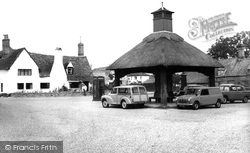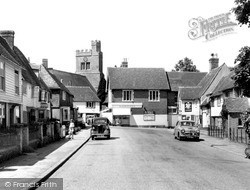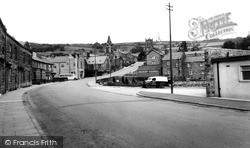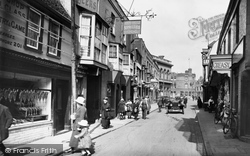Places
36 places found.
Those places high-lighted have photos. All locations may have maps, books and memories.
- Poplar, Middlesex
- Bow, Middlesex
- Bethnal Green, Middlesex
- Stepney, Middlesex
- Alton Towers, Staffordshire
- Isle of Dogs, Middlesex
- Limehouse, Middlesex
- Spitalfields, Middlesex
- Barjarg Tower, Dumfries and Galloway
- Bromley, Middlesex
- Stratford Marsh, Middlesex
- Tower Hill, Merseyside
- Tower Hill, Essex
- St George in the East, Middlesex
- Wapping, Middlesex
- Globe Town, Middlesex
- Old Ford, Middlesex
- Cubitt Town, Middlesex
- Tower Hill, Cheshire
- Tower Hill, Surrey
- Bow Common, Middlesex
- Mile End, Middlesex
- Millwall, Middlesex
- Ratcliff, Middlesex
- Warmley Tower, Avon
- Tower Hill, Hertfordshire
- Tower End, Norfolk
- Tower Hamlets, Kent
- Tower Hill, Devon
- Tower Hill, West Midlands
- Blackwall, Middlesex
- North Woolwich, Middlesex
- Hackney Wick, Middlesex
- Shadwell, Middlesex
- South Bromley, Middlesex
- Tower Hill, Sussex (near Horsham)
Photos
2,720 photos found. Showing results 1,461 to 1,480.
Maps
223 maps found.
Books
1 books found. Showing results 1,753 to 1.
Memories
637 memories found. Showing results 637 to 637.
Captions
3,036 captions found. Showing results 1,753 to 1,776.
This view looks north along South Gate past the extraordinarily grandiose statue in its towering medieval-style spired canopy to a 19th-century MP, Henry Handley, which dates from 1850.
This church was built in 1294, and its tower was constructed in the 15th century. Its windows are fine examples of Kentish tracery. Five of its six bells were made by Joseph Hatch.
In the arena by the clock tower, Charlie and the Follies and the Jolly Jack Tars were popular concert parties every summer.
St Laurence's was destroyed by fire in 1827, but its ivy-covered tower remains.
Gorran Churchtown, a mile or so inland from Gorran Haven and nearly 300 feet above sea level, has a 15th-century church, the tower of which is an important mark for coastal shipping.
The tower of the National School is in the centre, the Bell crossroads are in the distance, and Roomes store will be built to the right of the photographer.
The church of St John and St Giles is a largely 12th-century structure with a much-maligned wooden bell-tower.
The old bell tower was also transformed into an attractive shingled spire. The village school can be seen next door, though the trees partly screening it have gone.
At St Helen's Church the corbelled, pinnacled and crocketed tower stands out in more ways than one: it seems curiously at odds, in size and style, with the rest of the church.
The early 14th-century tower of St Teilo's, Llantilio Pertholey stands squarely among the surrounding trees.
The tower has stone figures at the corners instead of pinnacles. The whole church was restored in 1872. The vicar in 1906 was the Rev John Brown.
The pitched roof to the tower has gone and street lighting shows an advance on the following picture (p. 60-61), here it is fluorescent!
As in so many views in the town and along the river, St Helen's parish church tower and spire are prominent.
Longdon's church, seen here behind the trees, has a tower and spire dating from the 14th century. Much of the rest of the building was replaced in the 18th and 19th centuries.
It has an embattled tower with a stair turret, and is built of red brick with stone mullions and quoins.
Even with its spikey pinnacles, the tower is unremarkable. The east end has been worked over more than once, firstly rebuilt in 1778, and then again in 1895.
It is a splendid example of High Victorian Gothic designed by Henry Woodyer, with a tower and spire 165 feet high.
Lowther, was founded by the 'white canons' of the Premonstratensian order at the end of the 12th century, but it was dissolved, like so many others, in 1540.This photograph shows the imposing west tower
The stars and stripes flag is flown from the church tower every 4 July. Warton is a beautiful and thriving village, with a history going back to prehistoric times.
The memorial shelter and clock tower were erected to the memory of G W Brown by Mr Whymper in 1902. We cannot see the clock; it was made by J R Ingram of St Ives.
A substantial remodelling of the town took place during the 19th century - the Town Hall, with its Tuscan porticos and fine bell tower, was built at that time.
The weatherboarded Chequers pub is tucked away in a corner of the dog-leg at the top of the village street, with the early 15th-century church tower rising above the surrounding tiled roofs.
In the background at the top of the hill we can see the tower of the parish church of St Cuthbert, which replaced the original now ruinous church of St Mary on the famous Panorama Walk.
Also gone was the old Conduit: it was moved in 1939 to Tower Gardens. A more functional traffic island had replaced it and the age of the zebra crossing was under way.
Places (38)
Photos (2720)
Memories (637)
Books (1)
Maps (223)


